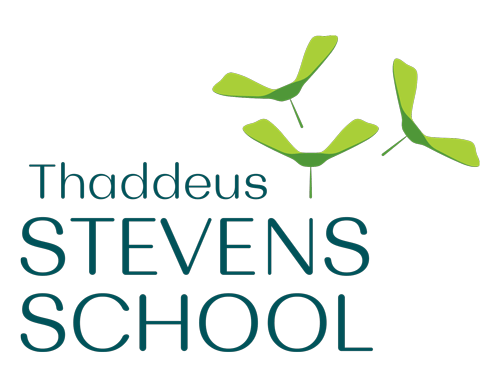39 Luther Circle
PO Box 274
Lyndon Center, VT 05850
Contact Us
An accredited independent day school serving Preschool-8th grade in East Burke, Vermont
Sixth Grade Curriculum
English Language Arts
Students read a broader range of texts and poetry to expand their analytical skills. Students explore a variety of literature to gain a deeper understanding of the human experience. Sixth grade shifts from "reading to learn" to "learning to read" by examining how literary devices and perspectives shape a piece of text.
Social Studies
The students continue to look at the interconnection of geography, economics, culture, government, technology, and history. The course emphasizes the social studies skills of critical reading as they consider the idea of citizenship and identity. Students examine ancient cultures, the Fertile Crescent, the Nile River Valley, the Indus River Valley, ancient Greece, ancient Rome, Europe in transition, the Renaissance, the Reformation, the Age of Enlightenment and the natural philosophers.
Science
The course focuses on Ecology and Environmental Science. Students study native insects, amphibians, mammals, and trees. They collect samples and data, and make labeled scientific drawings. They begin to observe natural connections by studying the interaction of living things by studying food webs, photosynthesis and the water cycle. Students continue to develop important scientific skills that are introduced in the earlier grades including: collecting data accurately, making scientific drawings, using the scientific method to make and test hypotheses, and writing lab reports.
Math
Art
Students maintain the classical drawing sketchbook of weekly assignments begun in the fifth grade. Students create art projects which explore the decorative and fine arts of the ancient cultures in combination with the early civilizations they study in history. The art of the Renaissance and colonial America are explored. As with all of our art classes, students learn both the craft of production and the scholarship of art history.
BEGIN YOUR JOURNEY AT THADDEUS STEVENS SCHOOL TODAY!
CONTACT US
CONTACT US
PROGRAMS
Accredited by the New England Association of Schools and Colleges
Member of the First Amendment Schools Network
Member of the Vermont Independent Schools Association



